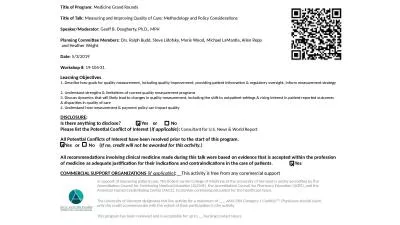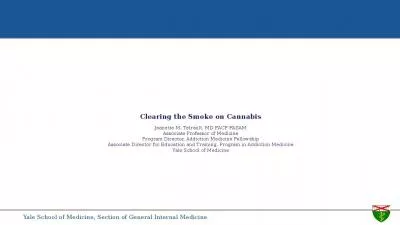PPT-Faculty of Medicine Health Economics and Policies
Author : lois-ondreau | Published Date : 2018-12-04
31505391 Health Markets and Regulation and Economic regulation of health markets Hospitals and pharmaceutical industry By Hatim Jaber MD MPH JBCM PhD 16
Presentation Embed Code
Download Presentation
Download Presentation The PPT/PDF document "Faculty of Medicine Health Economics an..." is the property of its rightful owner. Permission is granted to download and print the materials on this website for personal, non-commercial use only, and to display it on your personal computer provided you do not modify the materials and that you retain all copyright notices contained in the materials. By downloading content from our website, you accept the terms of this agreement.
Faculty of Medicine Health Economics and Policies: Transcript
Download Rules Of Document
"Faculty of Medicine Health Economics and Policies"The content belongs to its owner. You may download and print it for personal use, without modification, and keep all copyright notices. By downloading, you agree to these terms.
Related Documents














